Tuesday, 16 April 2024
Menu

Goal setting also has a darker side that can get us into trouble. In his book “Destructive Goal Pursuit”(Destructive Goal Pursuit) D. Christopher Kayes reviewed the events surrounding the 1996 Mount Everest tragedy, where experienced mountain guides Rob Hall and Scott Fischer led two teams of climbers on an attempt to summit the mountain that ended in disaster. Eight members of the expedition died, including Hall and Fischer.
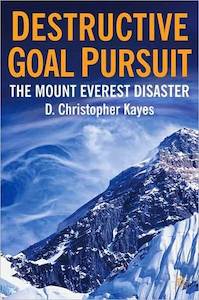
It is against this background that I recently received a ‘personal’ example of how ‘destructive target following’ can work.
Over the past few days I have been delivering advanced trimix CCR training, which requires a lot of skill and experience to be successful. Both students fulfilled the conditions of this training perfectly. One of the students had travelled thousands of kilometres and made travel arrangements with his family so that he could spend evenings with his family while on holiday in his home country and also attend the course during the day. This was a big commitment on his part in terms of time and money. He owns a business and has important activities in his life outside of diving, and has many clients and employees who rely on him to make the right decisions. He is extremely intelligent, has many degrees and is a really nice guy. I’ve gotten to know him over the past few years, and his love of family and passion for diving are very obvious. His teammate was a full-time diving professional with an impressive diving CV, and one of the most cheerful people you will ever meet. He is also extremely intelligent and has, I believe, a high level of common sense.
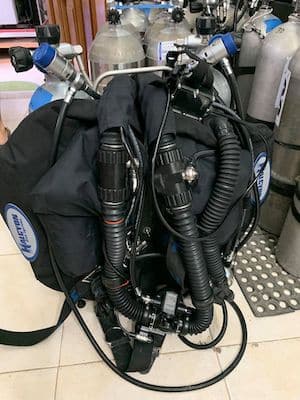
The next morning we repeated our efforts and hoped we had solved the problem. It was clear when we reached our target depth that the problem still existed. We surfaced again and discussed the plan before us and although we believed we had isolated the problem, it was not something we could solve without returning to the dive centre. We were now faced with losing 1 1/2 days of training on a demanding six day course and had to make some decisions. The whole thing was made worse by the fact that the equipment problem seemed to be sporadic and maybe even manageable at the depths we were diving.
And here we return to the theme of destructive goal setting.
We were a highly motivated group of divers with the goal of completing the course in an accessible location and time. One of the divers had travelled thousands of miles, as had I as the instructor running the course. There was a significant cost to the course and a missed opportunity that was also a significant loss for both of them. There was also pressure to succeed on one of the best courses in our diving world. One of the students was going to be out of diving after an upcoming operation and would not be able to complete this course easily and quickly in the near future. All these pressures were a force working in the background as we decided what to do.
As the situation unfolded and we floated on the surface of the water, I couldn’t help but reflect on what we were doing as we considered whether or not we should dive and/or continue to try to condense six days into the time we had left, thereby attempting to meet all the requirements to achieve in less time. It was exactly the kind of decision cycle that Shaw and Fischer made on Everest. Of course, we weren’t on top of the world during a blizzard, but the decision-making process was similar. We were trying to decide if “the juice was worth the squeeze”. The member of our team who had travelled the furthest and incurred the most expense was pushing for us to “try again” with equipment that was not 100% operational. Interestingly, it was actually his equipment that was causing the problems, but his goal of completing the course with all the pressures around him forced him to make, a decision that I believe was outside the risk matrix for this course. The other student agreed with me and after a short discussion we jointly decided to stop diving until the equipment was in perfect condition. I was prepared to make this decision unilaterally as an instructor, but I was much happier that we reached a consensus. It seemed quite clear to me that our attempt at a goal that morning could easily have been the subject of a case study in destructive goal setting.
You don’t have to be a diver or a mountain climber to recognise the pressures of destructive goal setting. In fact, with knowledge of this aspect of human behaviour, it is possible to find examples almost anywhere you look. As Kayes mentions, goals become difficult to abandon once they are set. So all those things that make goals worthy of praise work against us by setting us back or moving us away from our goal. In pursuing our goals, we may even make ethically questionable decisions. In our case, I clearly would have done the same thing had I decided to continue diving the same day, rather than stepping back and wondering if the ‘juice was worth the squeeze’. Kayes also suggested that open communication was important for coordinating teamwork and that teams that were “empowered” could learn to correct mistakes faster once they were identified. In this case, because there was a relatively low gradient of authority in our class, it was easier for the other team member to speak up and add their opinion and thoughts to our discussion.
Goal setting encourages us to do many amazing things, but an insidious twin brother may be responsible for the tragedy that follows. Being aware of the factors that shape and influence our decision-making process is essential to help us make better decisions.
Guy Shockey
The original is available on the human diverwebsite .
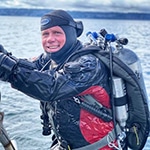
.
.
.

.
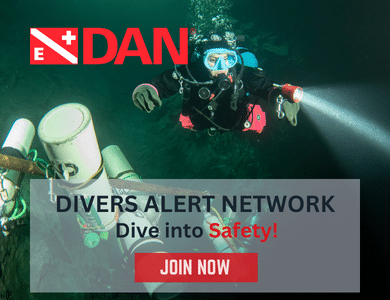





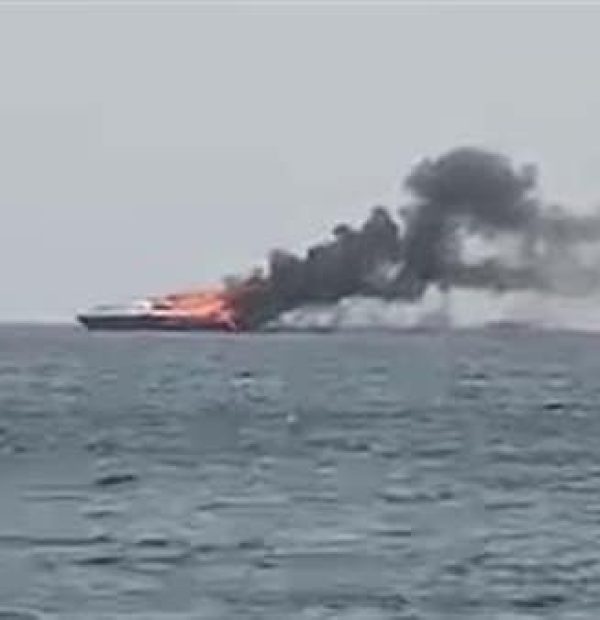
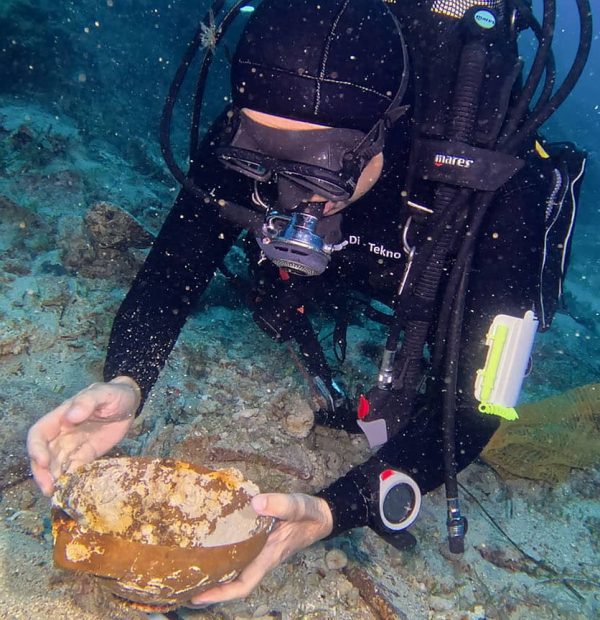
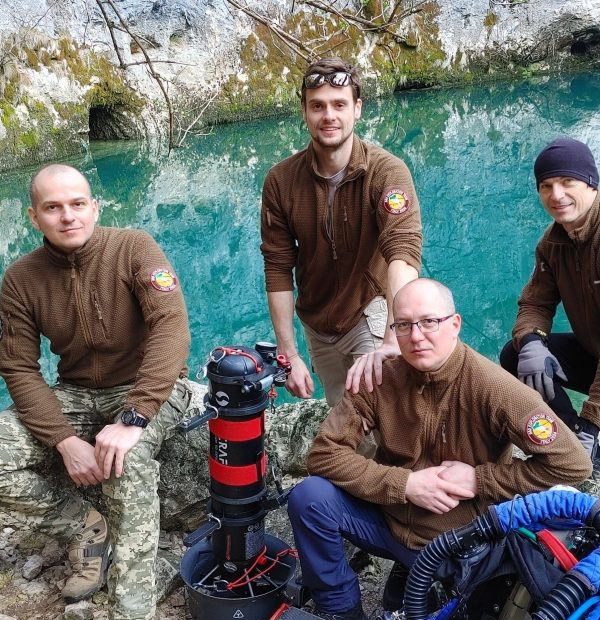

Welcome to DIVERS24.COM, your daily source of scuba news, freediving, scuba diving information, and equipment reviews. Our comprehensive coverage of the dive industry from A to Z provides you with all the latest scuba news, training updates, underwater photography tips, and everything else related to scuba diving. Whether you’re a beginner or an experienced diver looking for more knowledge about scuba gear or techniques – we’ve got it covered! With our in-depth articles written by experienced divers who have been there and done that, you are sure to find exactly what you need here at Divers24.com. Dive into scuba news today!
Underwater Media Sp. z o.o.
Szafarnia 11/F8,
80-755 Gdansk, Poland
Welcome to DIVERS24.COM, your daily source of scuba news, freediving, and scuba diving information. Sign in for a weekly news update and discount coupons for dive gear and apparel.
@2023 - underwatermedia.pl. All Right Reserved. Designed and Developed by Tworzenie stron internetowych Gdansk

The Divers24 portal is currently the largest online medium treating diving in Poland. Since 2010 we have been providing interesting and important information from Poland and around the world on all forms of diving and related activities.
Contact us: info@divers24.com